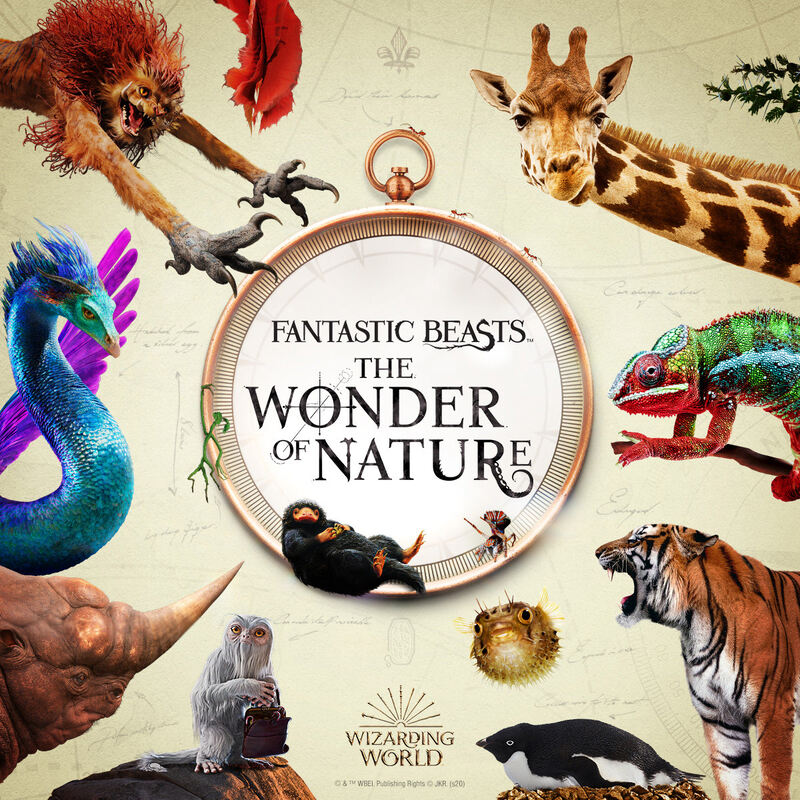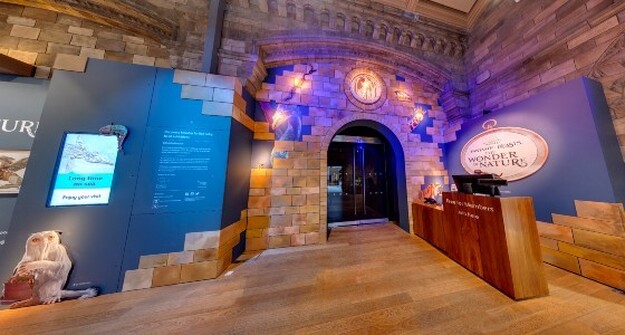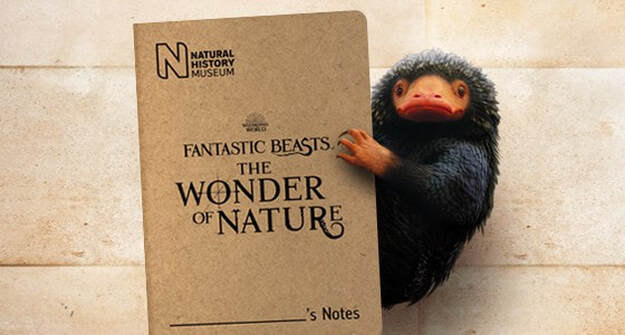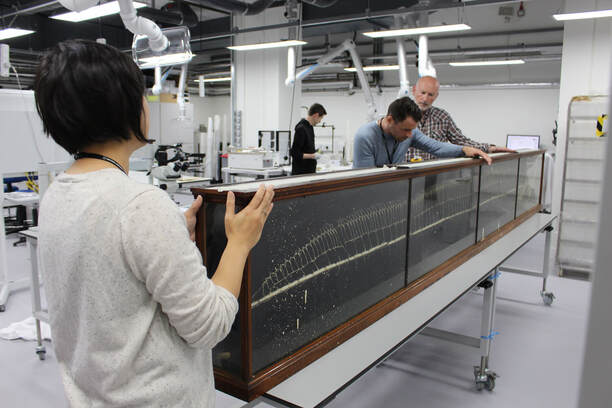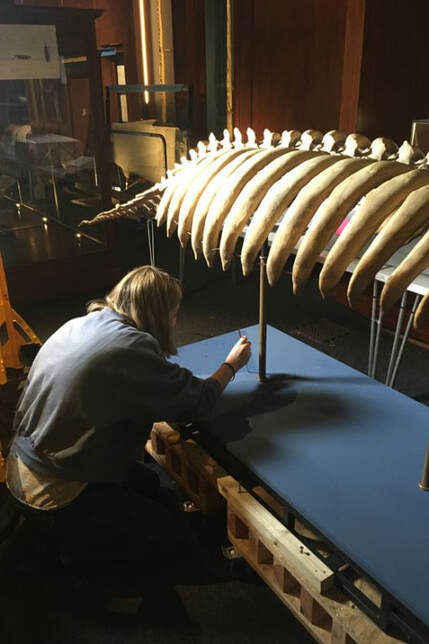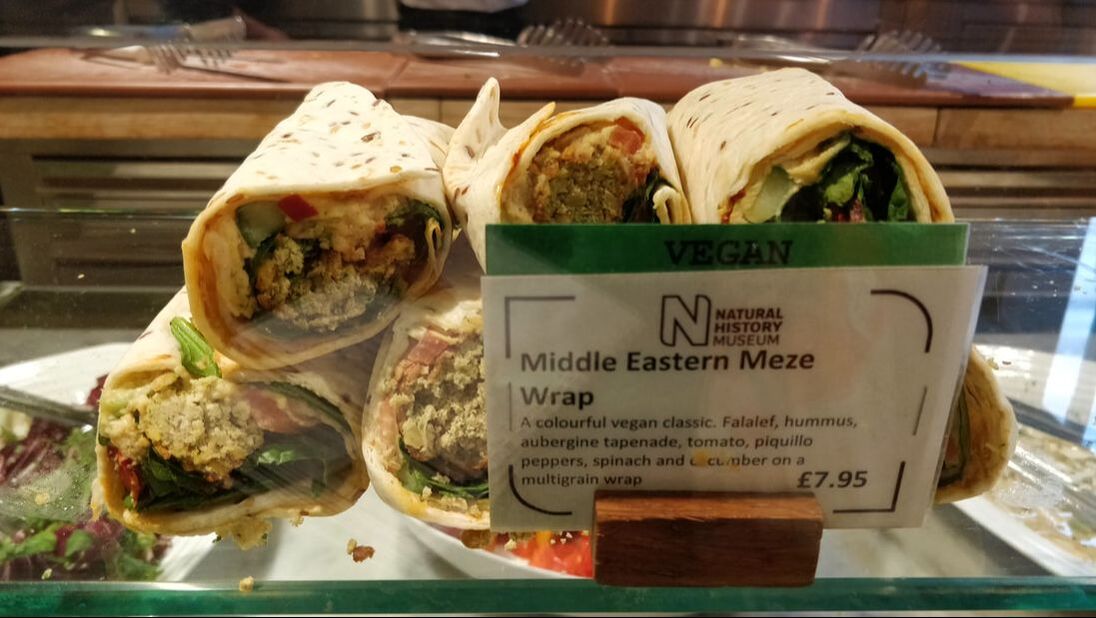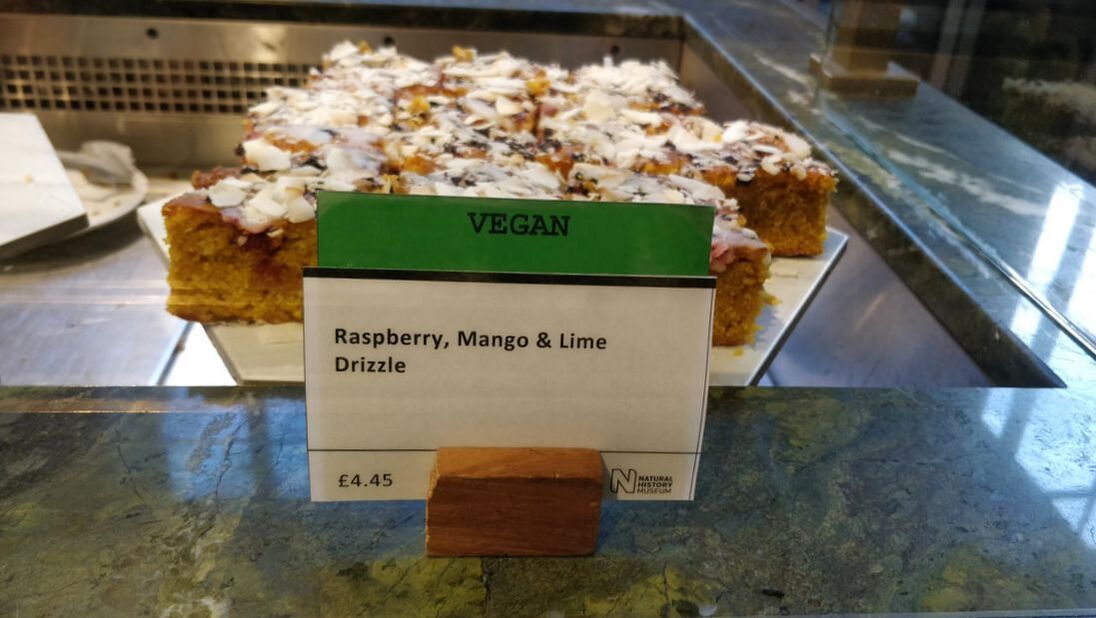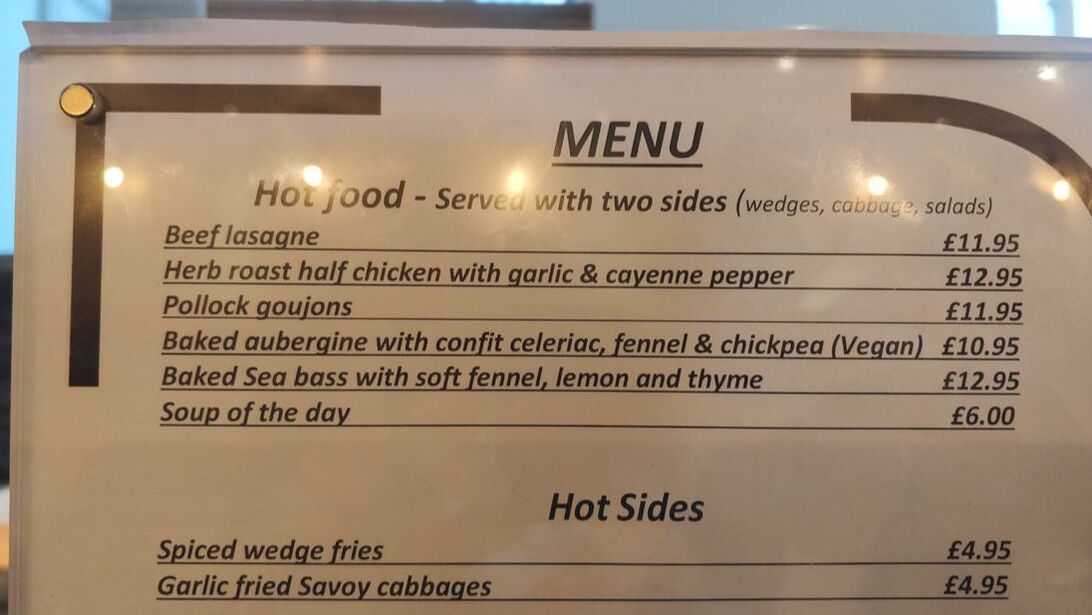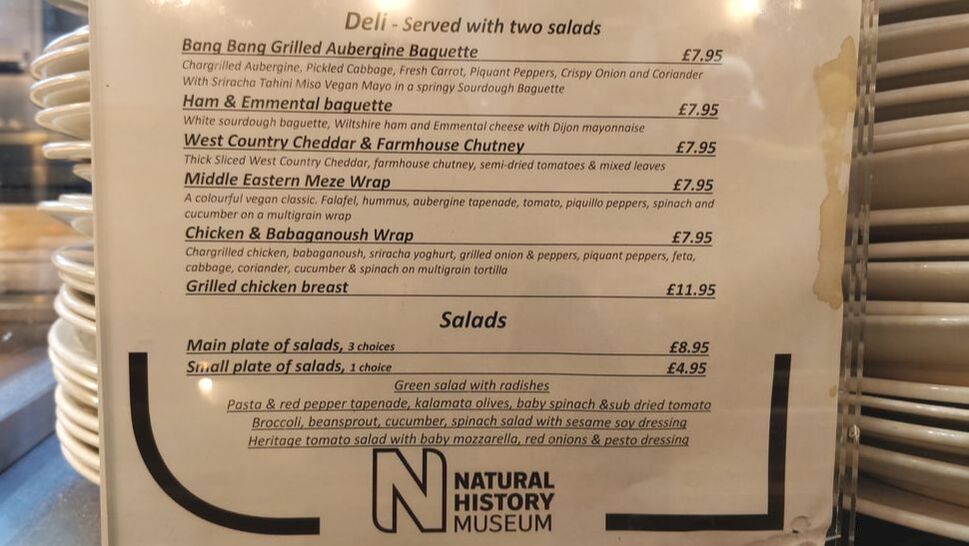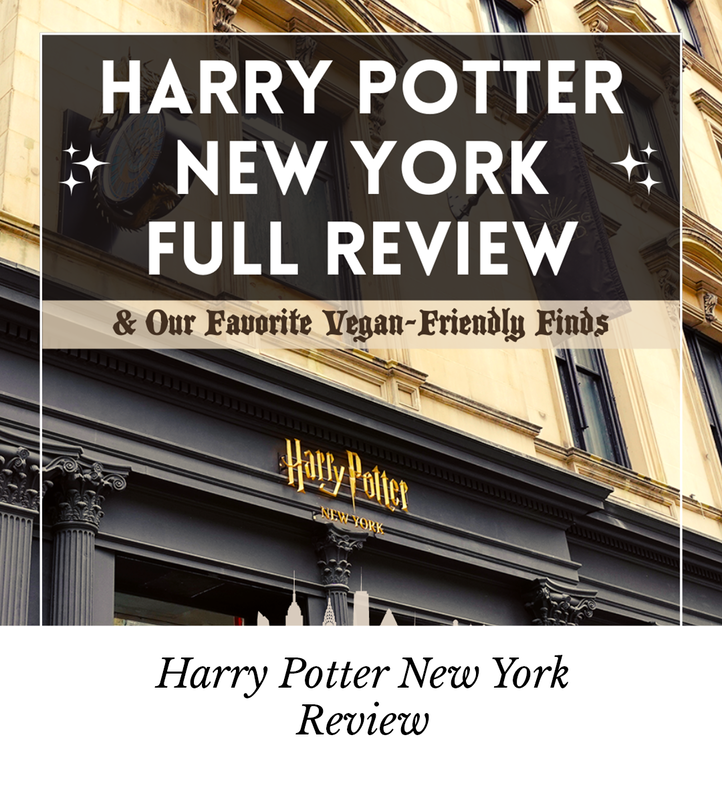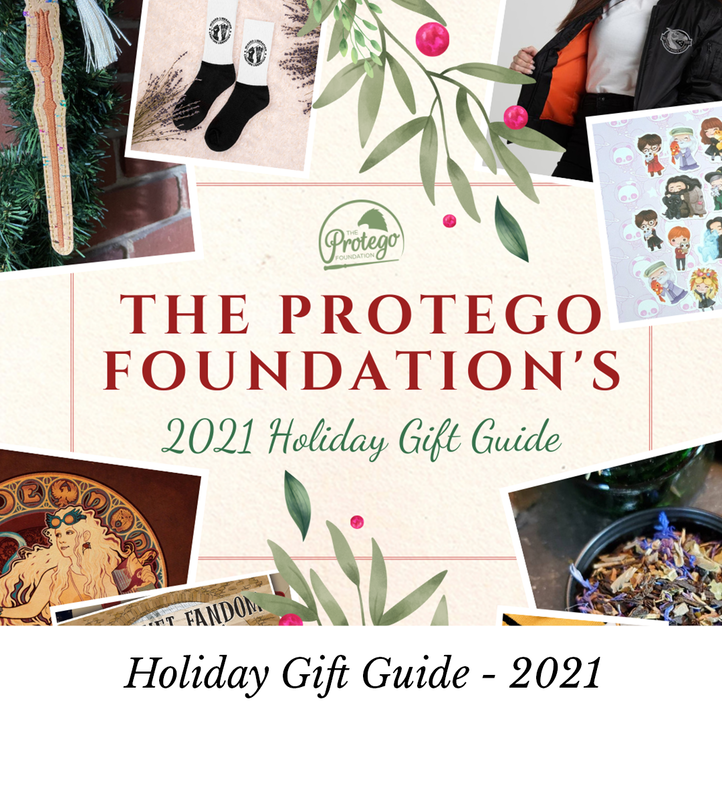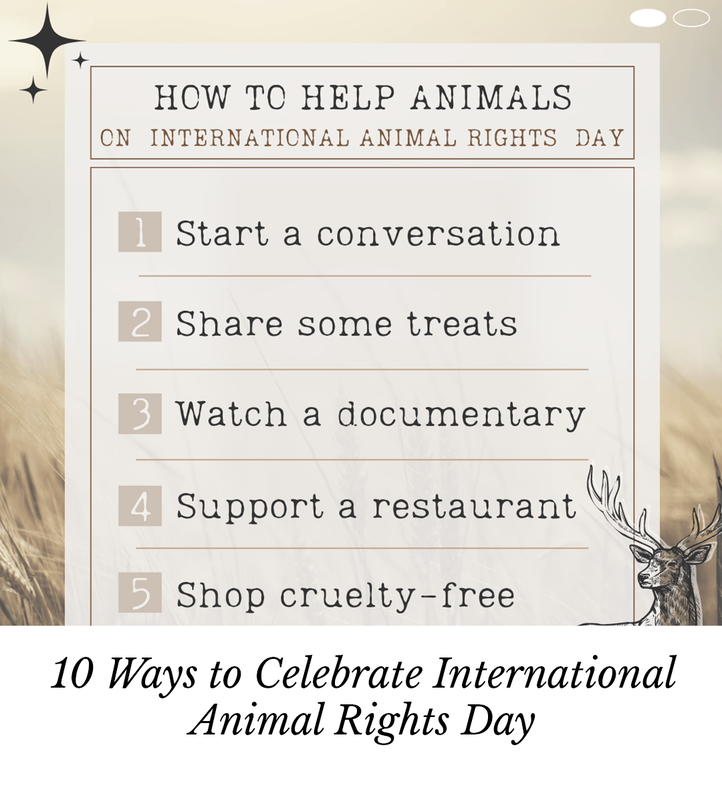Mythical Creatures Quotes from Newt’s Fantastic Beasts and Where to Find Them introduce each exhibition area, helping define the magical creatures we will learn about. The mythical creatures include dragons, merpeople, and sea serpents. Newt explains in his book that: “A glance through Muggle art and literature of the Middle Ages reveals that many of the creatures they now believe to be imaginary were then known to be real.” Thanks to their research through old encyclopedias, sketchbooks, and scrapbooks, the curators of Fantastic Beasts: The Wonder of Nature help us understand how ancient people believed in the existence of mythical creatures by drawing parallels with real animals. For example, you’ll learn that the “unicorn horns” that were traded across Europe for centuries were narwhal tusks. These small arctic whales have a large, twisting front tooth protruding from their heads that closely resemble the horns of unicorns. We also find out that sea monsters, such as the Kraken, may have been inspired by real animals. Visitors can find possible answers to the “existence” of these creatures in some popular sailors' superstitions. You can also marvel at Olivia Lomenech Gill’s artworks from the illustrated edition of Fantastic Beasts! The artist drew inspiration from museum collections, including the Natural History Museum, for her work. The lizards she examined during her visits were used as a reference for the dragons she drew. Wizarding World Creatures While the first part of the display examines creatures borrowed from myths and folklore, the second part focuses on magical creatures unique to the wizarding world. Bowtruckles, Erumpents, and Mooncalves are some of the magical animals you will encounter during your visit. They’re paired with real creatures who possess similarly exceptional abilities. For example, the cuttlefish’s power of camouflage and the hyperiid amphipod’s (a type of marine crustacean) transparent body reminds us of the Demiguise’s ability to make themselves invisible. Marine iguanas, who can expand and shrink at will, make us think of Occamies. The teapot used to catch an Occamy who escaped from Newt’s suitcase in the film is even on display! Endangered Species The last part of the exhibition puts endangered species at the forefront. Much like how Newt rescued the last breeding pair of Graphorns, preventing the species’ extinction, real conservationists around the globe are also fighting to protect species in danger of extinction. One animal featured is the vaquita, the world's smallest porpoise. These marine mammals often fall victim to the fishing industry as bycatch. A caption in the exhibition says that in 2019, the estimated number of vaquitas was less than 20. Like the Erumpents and their valuable horns or the Occamies whose nests are ransacked for their silver eggs, many non-magical creatures are threatened by trade, such as elephants and pangolins. Pangolins have long been hunted down for their scales and meat. According to a caption in this part of the exhibition, scientists estimate that “over a million pangolins have been killed in recent decades.”
Interactivity at the Exhibit When you look around the exhibit, you’ll see that there are many ways you can engage with the displays. Many film props (on loan from the Warner Bros. Studio Tour London) guide us along the exhibition. Why not quiz yourself on which movie they appeared in as you go? Be aware of your surroundings and have a look at the ceiling! You’ll see shadows of creatures floating about. Can you recognize who they belong to? You can even spray musk to attract an Erumpent! At the end of the exhibit, visitors can create their own poster to show their support for magical and non-magical creatures in need of protection, such as Graphorns and vaquitas. If you have made your own, be sure to share it on Instagram with us! The Shop To remember the experience, visitors can purchase a large variety of merchandise - from books, to stationery, to soft toys. There is also a range of items that feature a gorgeous MinaLima print that was created exclusively for the exhibition! Items in the shop that were made without animal products include Newt’s scarf, which is made from acrylic instead of wool, and socks made from polyester and elastane. Newt would surely approve! Eating at The Natural History Museum The Natural History Museum includes four cafés and restaurants, three of which are currently open. You will find a good selection of vegan options, including:
Visitors can order teas and coffees with soy or oat milk. Accessibility All videos shown in the exhibition are subtitled. Visitors can download a large-print exhibition guide containing all captions featured next to the images and various items displayed. The museum’s map indicates lifts and wheelchair-accessible toilets. For more info about accessibility, visit the museum’s website. Visiting Details The Photographic Exhibition is open Monday through Sunday from 10:00 am to 6:00 pm until January 3rd, 2022. The exhibition is closed on December 24th, 25th, and 26th, 2021. Tickets cost £22 for adults and £13.25 for children and teens between the ages of 4 to 16. Family, senior, and student tickets are available. Can’t make it to the exhibition? Have a look at the online gallery the museum has put together. You can even take a virtual stroll! Alternatively, you can buy the exhibition book through their online shop. And if you haven’t already, listen to Season 1, Episode 12 of ProtegoCast, where the hosts talk to Kate Whittington and Anna Darron, Interpretation Developers at the Natural History Museum who helped develop the exhibition. Written by Assya Ahouandjinou Accio More Articles:
0 Comments
Your comment will be posted after it is approved.
Leave a Reply. |
The Protego Foundation's work is made possible, in part, thanks to Tylor Starr.
The Protego Foundation and its activities are not licensed by, sponsored by or associated with Warner Bros., J.K. Rowling, or their affiliates. 'Wizarding World,' 'Harry Potter,' ‘Fantastic Beasts' and all related names, characters and indicia are trademarks of and © Warner Bros. - Harry Potter publishing rights © J.K. Rowling.
FEIN 83-3531129
The Protego Foundation and its activities are not licensed by, sponsored by or associated with Warner Bros., J.K. Rowling, or their affiliates. 'Wizarding World,' 'Harry Potter,' ‘Fantastic Beasts' and all related names, characters and indicia are trademarks of and © Warner Bros. - Harry Potter publishing rights © J.K. Rowling.
FEIN 83-3531129

